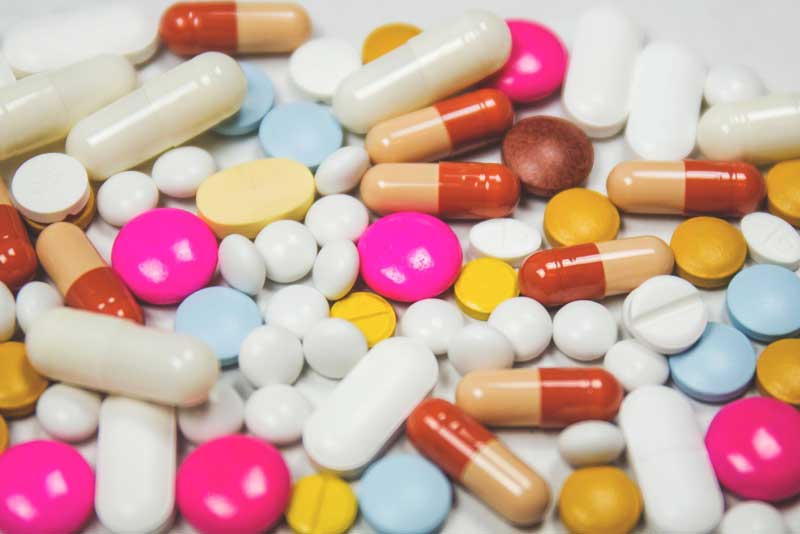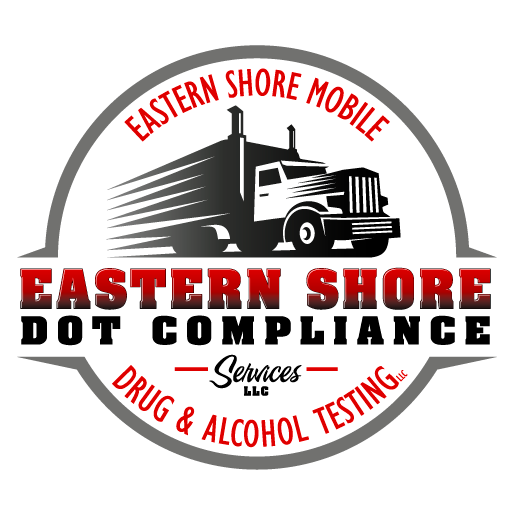All Drug and Alcohol Testing programs are designed to detect the presence of alcohol, illicit drugs, or certain prescription drugs. Drug testing is a prevention and deterrent method that is often part of a complete drug-free workplace program. Both Federal and NON-Federal workplaces may have drug testing programs in place. Programs should comply with applicable Local, State, and Federal laws.
We can help you manage your drug-free workplace program and offer you solutions for your Pre-Employment, Random, Reasonable Suspicion, Post-Accident, Return-to-Duty, and Follow-Up. We also offer Drug, Hair, and Alcohol Testing for the following: Court Order, Probation, Workplace, and Personal.
WE CAN CONDUCT DRUG & ALCOHOL TESTING FOR THE FOLLOWING:

Pre-Employment testing is a screening used to determine whether a potential hire abuse drugs or alcohol. Many employers require these drug tests for employment, with the job offer depending on if the potential hire passes.
Random testing is a strong deterrent to drug and alcohol users because it is conducted on an unannounced basis. By using a random selection process, employers ensure that there is no bias and that all employees have an equal chance of being selected, even those who have been drug tested recently.
Post-Accident testing is performed after an employee has been involved in a workplace accident. Testing is used to determine whether drugs and/or alcohol were a factor in the incident.
Reasonable Suspicion testing may be performed when a supervisor has evidence or reasonable cause to suspect an employee of drug and/or alcohol use. Evidence is based upon direct observation by a supervisor.
Return-to-Duty testing is for employees who have previously tested positive for illicit substances or violated a company’s drug and alcohol policy. Return-to-duty drug tests must be conducted under direct observation for all Federally-Mandated employees. Federally-Mandated employees must go through the SAP program before returning to a safety-sensitive job.
Follow-Up testing is for employees who have previously tested positive for illicit substances or violated a company’s drug and alcohol policy. Follow-up testing is usually performed in conjunction with return-to-duty drug testing.
Probation testing is used in a variety of situations in which a person is required to submit to a drug and/or alcohol test in order to fulfill a legal requirement that they remain drug & alcohol-free. For example, a probation officer or parole officer may require drug and/or alcohol test if it is uncertain that the individual has maintained sobriety.
Court Ordered testing which individuals must submit pursuant to a legal requirement that they remain drug-free or alcohol-free. Often, the court order or agreement will determine the drug and alcohol testing frequency and guidelines. (Child Custody, DUI/DWI, Drug Arrest, Pre-trial services).
Workplace testing is designed to detect the presence of alcohol, illicit drugs, or certain prescription drugs. Both Federal and NON-Federal workplaces may have drug testing programs in place. Any workplace drug-testing program should comply with applicable local, state, and federal laws.
Personal testing can assist your family in identifying and testing for drug and alcohol use by a loved one.
each test tests for The following:
DOT Urine Drug Test: AMP-Amphetamines (MAMP-Methamphetamine, MDMA-Ecstasy), COC-Cocaine, OPI-Opiates (including heroin, codeine, and morphine), PCP-Phencyclidine, THC-Marijuana. This is the Department of Transportation (DOT) required test. Agencies: FMCSA, FTA, FRA, FAA, USCG, and PHMSA.
5 Panel NON-DOT Urine Drug Test: Amphetamines (including Methamphetamine and Ecstasy), Cocaine, Marijuana, Opiates (including Heroin, Codeine, and Morphine) and Phencyclidine (PCP). This is the most common drug test ordered. (including heroin, codeine, and morphine) and expanded Opiates which adds Hydrocodone, Hydromorphone, Oxycodone, and Oxymorphone.
10 Panel Urine Drug Test: AMP-Amphetamines (MAMP-Methamphetamine, MDMA-Ecstasy), COC-Cocaine, OPI-Opiates (including heroin, codeine, and morphine), PCP-Phencyclidine, THC-Marijuana, BZO-Benzodiazepines, BAR-Barbiturates, MTD-Methadone, PPX-Propoxyphene, Meth – Methaqualone.
10 PANEL with Expanded Opiates Urine Drug Test: AMP-Amphetamines (MAMP-Methamphetamine, MDMA-Ecstasy), COC-Cocaine, PCP-Phencyclidine, THC-Marijuana, BZO-Benzodiazepines, BAR-Barbiturates, MTD-Methadone, PPX-Propoxyphene, Meth – Methaqualone, OPI-Opiates (including heroin, codeine, and morphine) and expanded Opiates which adds Hydrocodone, Hydromorphone, Oxycodone, and Oxymorphone.
DOT Breath Alcohol Test: This is a required test for DOT programs and measures current impairment. The test is conducted with an evidential breath testing device commonly called a Breathalyzer.
NON-DOT Breath Alcohol Test: This is for all breath alcohol testing that is NOT DOT required. This test measures current impairment. The test is conducted with an evidential breath testing device commonly called a Breathalyzer.
Breath Alcohol Confirmation Test: (if needed) This test is done if the initial breath alcohol test indicates a positive result. A confirmation test is done to measure alcohol concentration in the system based on a calibrated percentage grade.
Hair Drug Test: Screens for illicit drug use and the misuse of prescription medication. During this test, a small amount of hair is removed from your head using scissors. The sample is then analyzed for signs of drug use during the 90 days preceding the test.
Intercept Oral Fluid Drug Testing: The Intercept oral fluid drug testing service can detect the NIDA-5 drug panel (marijuana, cocaine, opiates, amphetamines/methamphetamines, and PCP) which represent the most common drugs requested by employers for workplace drug testing. Additional drug tests include barbiturates, methadone, and benzodiazepines.
Alcohol EtG – Urine Test: Ethyl Glucuronide (EtG) Urine Alcohol Test – The test measures any alcohol consumption for up to 80 hours. This test does not measure current impairment or under the influence. Our EtG (Ethyl Glucuronide) Urine Alcohol Test checks for the presence of the Ethyl (drinking) Alcohol metabolite, Ethyl Glucuronide. This test is common for zero tolerance alcohol abstinence programs, court-ordered programs and DUI programs.
Alcohol EtG with 10 Panel Drug: EtG Alcohol test with 80-hour look back period plus a 10 Panel Urine Drug Test: AMP-Amphetamines (MAMP-Methamphetamine, MDMA-Ecstasy), COC-Cocaine, OPI-Opiates (including heroin, codeine, and morphine), PCP-Phencyclidine, THC-Marijuana, BZO-
Benzodiazepines, BAR-Barbiturates, MTD-Methadone, PPX-Propoxyphene, Meth–Methaqualone. EtG is a direct metabolite of alcohol (ethanol). In urine, it may be used to detect recent ethanol ingestion, even after ethanol is no longer measurable. The presence of EtG in urine is an indicator that ethanol was ingested and can be detected in urine for up to 80 hours after
ingestion.
Urine Alcohol with 10 Panel Drug Test: Urine Alcohol with 10 Panel Drug Test – Ethanol (ETH) alcohol with 10-panel drugs including AMP-Amphetamines (MAMP-Methamphetamine, MDMA-Ecstasy), COC-Cocaine, OPI-Opiates (including heroin, codeine, and morphine), PCP-Phencyclidine, THC-Marijuana, BZO-Benzodiazepines, BAR-Barbiturates, MTD-Methadone, PPX-Propoxyphene, Meth–Methaqualone. Urine alcohol is not recommended for employment testing.
Urine Alcohol with 5 Panel Drug Test: Urine Alcohol with 5 Panel Drug Test – Ethanol (ETH) alcohol test with the 5-panel drug including MP-Amphetamines (MAMP-Methamphetamine, MDMA-Ecstasy), COC-Cocaine, OPI-Opiates (including heroin, codeine, and morphine), PCP-Phencyclidine, THC-Marijuana. Urine alcohol testing is Common for probation, not recommended for employment testing.
